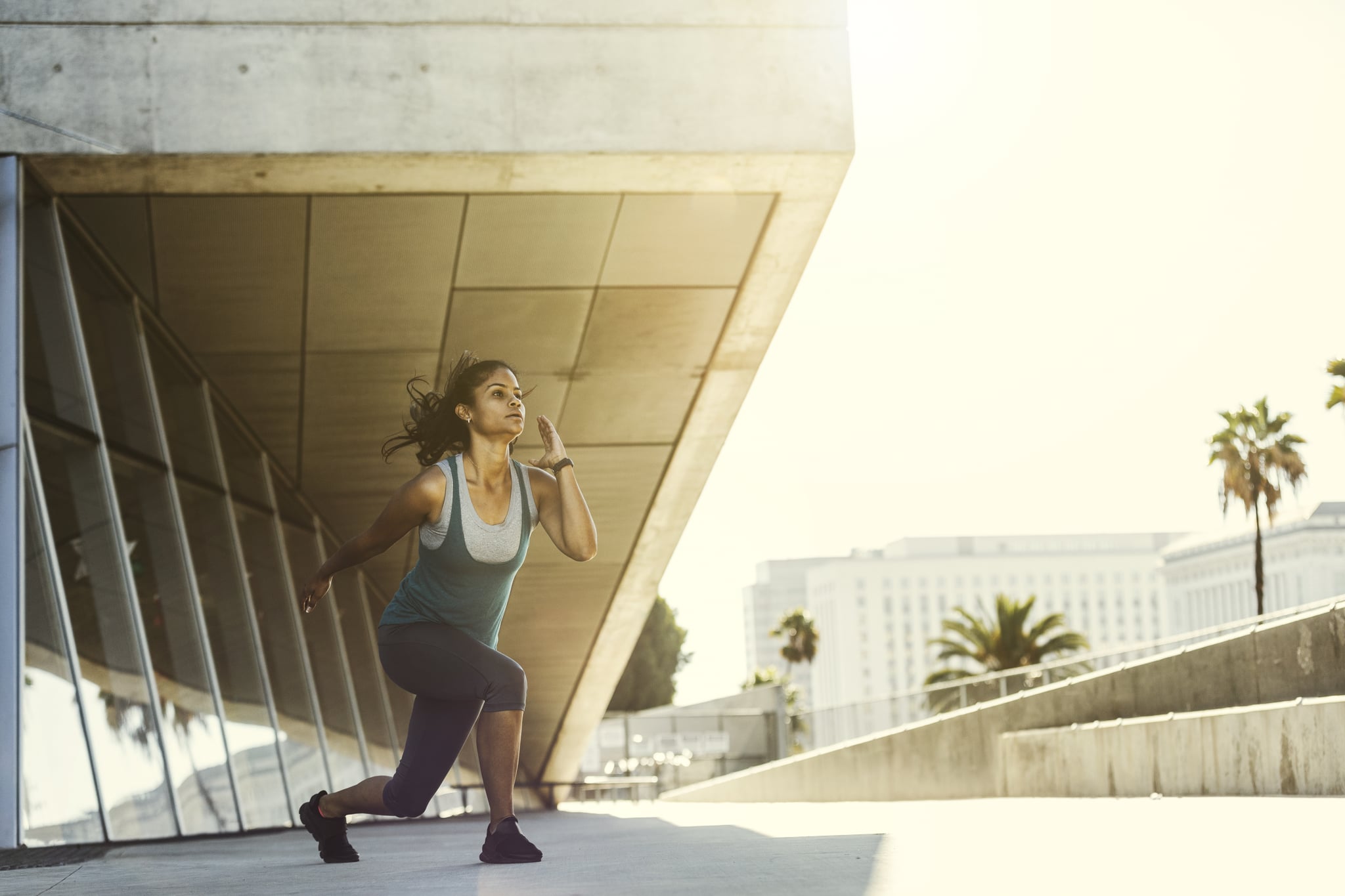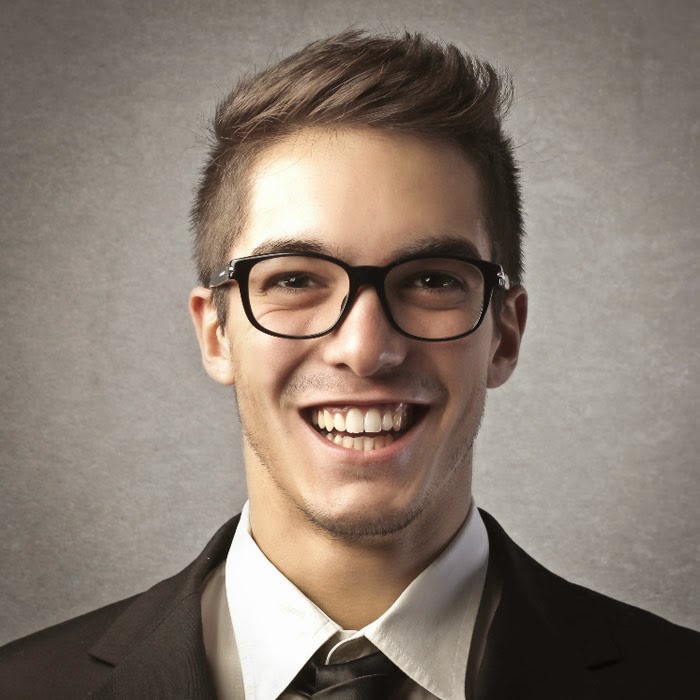Ask the Doctors: Older adults still need regular exercise
Dear Doctor: Our dad is 78 years old, and he has started spending a lot more time indoors and on his recliner. He’s in good health, but he says he’s getting too old for exercise to matter. What can we say to persuade him to become active again?
Answer: Exercise is an important part of ongoing health and fitness, and, despite your dad’s feelings to the contrary, we never age out of our need for it.
Studies show that becoming or remaining active as an older adult offers a wide array of benefits.
Regular exercise can improve cardiovascular health, help lower blood pressure, lessen the risk of chronic diseases such as Type 2 diabetes, colon cancer and heart disease, help improve balance, strength, flexibility and stamina, maintain healthy weight and avoid joint problems, help with swelling and pain due to arthritis and lower the risk of falls.
Exercise has mental health benefits as well. Older adults who incorporate even moderate amounts of exercise into their daily lives report having a better mood and outlook, improved cognitive function and a lessening of symptoms of anxiety and depression.
Remaining physically active also has been shown to help older adults maintain their ability to live independently.
Think in terms of a mix of activities. And be creative. Walking, jogging, swimming and biking all fit the bill for moderate aerobic activities for endurance, and so do dancing, raking the lawn or playing badminton.
We lose muscle mass as we age, so strength and resistance exercises, such as weightlifting or Pilates, are important.
Activities like stretching, tai chi and yoga help keep joints loose and muscles limber.
Guidelines recommend that people 65 and older do at least two and a half hours of moderate aerobic exercise a week, which averages out to a manageable 20-ish minutes a day.
Even better than sharing this information with your dad, provide a good example. It’s not just older adults who fall short of the recommended levels of exercise and physical activity. As many as half of all adults miss the mark. Maybe choose an activity to do together once or twice a week and get up and moving.
A final thought: If your dad has supplementary Medicare coverage, check whether it includes SilverSneakers, a health-and-fitness program designed for older adults that will give him access to a range of fitness options including gyms, community centers and other fitness locations.
Your dad should check with his doctor or other health care provider before making any significant changes to his exercise regimen or activity. They can evaluate his condition and fitness level and point him to appropriate activities.
Dr. Eve Glazier is an internist and associate professor of medicine, and Dr. Elizabeth Ko is an internist and assistant professor of medicine, both at UCLA Health.
Gal Gadot’s Trainer Swears by Sprinter Lunges For a Stronger Core and Cardio Training
 Image Source: Getty / The Good Brigade
Image Source: Getty / The Good Brigade
Those heavy-breathing, sweaty, heart-pumping moments in a workout are challenging, but they're also so rewarding — there's no denying how hard your body is working. Sprinter lunges always get me to that place.
"Sprinter lunges develop speed [and] power, build muscle mass, improve balance and coordination, strengthen the core, and correct imbalances within the body, while also improving metabolic conditioning (cardio)," Magnus Lygdback, EREPS-certified celebrity trainer to Gal Gadot and Mark Ruffalo, says.
According to Lygdback, this lunge variation targets the entire muscle system that manages your core, like your glutes, quadriceps, hamstrings, calves, and intrinsic foot muscles. Your hips, knees, spine, ankles, and feet are getting worked, too.
But, don't let this news excite you to the point of doing sprinter lunges daily. Lygdback says they should only be done once every 3-5 days (no more than 2-3 times a week), to avoid overuse injuries. He adds that the move fits well in any workout intending to develop the glutes or to boost athletic performance.
Listen to your body, too — if you're unprepared for this dynamic and explosive exercise, know that you can potentially experience knee and lower back pain.
"If you feel uncomfortable with the exercise, prepare yourself with planks or anti-rotational core exercises, as well as reverse lunges and step-ups," Lygdback says.
"Build your spinal stability with plank variations and dynamic core work. Prepare your knees and hamstrings with split squats, other lunge variations (in multiple directions), squats, standing on one leg, etc."
Once you're ready to take sprinter lunges on, Lygdback offered the step-by-step instructions below to get you started.
His biggest tip: remember to keep your shin as vertical over your leg as possible during the lunge portion of the move — you're shin shouldn't be over your toes. This will prevent you from using your quad-and knee-strength over the power from your glutes and hips.
 Image Source: Image Source: POPSUGAR Photography / Benjamin Stone
Image Source: Image Source: POPSUGAR Photography / Benjamin Stone
Click here for more health and wellness stories, tips, and news.
13-year-old holds exercise class to benefit kids' mental health
As 13-year-old Sadie Feingold prepared for her bat mitzvah project this year, she had one goal in mind: to stop the stigma.
The eighth-grader from Port Washington knew she wanted to focus on mental health for her community service project ahead of her bat mitzvah, or Jewish coming-of-age ceremony. She wanted to encourage kids and teens to talk about mental health struggles and help normalize it.
She said she was inspired to focus on this topic because of her own previous struggles with mental health.
"The whole point was to raise awareness to it and normalize it," Sadie said.
So after doing some research with her mom about the connection between exercise and children’s mental health, they came up with a plan: She would host an exercise class at their synagogue for local teens and families, and raise money to support the North Shore Child and Family Guidance Center in Roslyn Heights, a mental health agency that treats children and families.
The Guidance Center said her efforts have raised nearly $2,000.
"People don’t really talk about mental health as they do with physical health," Sadie said. ''I think that some people feel like it’s not important, and I want people to feel like they should be able to talk about their emotions, as they would talk about like how they feel physically."
Best BetsGet the scoop on events, nightlife, day trips, family fun and things to do on Long Island.
By clicking Sign up, you agree to our privacy policy.
The idea originated back in the winter — before the pandemic took hold. She and her mom read a piece in The New York Times that reported how even a moderate amount of exercise in adolescents can raise their endorphin levels, and in turn, help improve their mental health. Endorphins are hormones that promote feelings of natural well-being.
Sadie continued doing research on the topic, and once restrictions lifted and they could congregate outside, her class came together.
They invited family, friends and others to congregate in the parking lot of The Community Synagogue in Port Washington, and on Sept. 13, about 35 kids, teens and adults participated in the 45-minute class of individual exercises, led by a fitness instructor they knew.
They took donations at the class to support the Guidance Center — and encouraged those who couldn't attend to donate as well. Sadie also gave out T-shirts with "#StopTheStigma" printed on them.
"I think it’s important … that kids feel comfortable, and so they’re not alone in dealing with these issues," Sadie's mom Jessica Feingold said. "It’s just something that tons of people deal with now more than ever, and I think it’s important to get that message out there."
Sadie's bat mitzvah had been originally scheduled for June, and was postponed to Sept. 26 because of the pandemic. But her mitzvah project only grew in relevance during this period.
Regina Barros-Rivera, associate executive director at the Guidance Center, said their work at the center has become more prevalent now, as the pandemic greatly affected children and teens. An effort like this one promotes "positive change" adolescents need, she said.
"For this young lady to create something — not only just that the exercise is good for you … it’s more that she’s creating, and she’s bringing," she said. "Maybe more projects like this could be created."
Barros-Rivera said the benefits from exercise and moving around for teens extend well beyond just energy level — it helps prevent them from ruminating, overthinking or feeling depressed or unable to move.
She added that the Guidance Center is offering virtual services for adolescents and families who might need help coping, and encourages them to reach out for help if they need it — even if they just have a question.

0 comments:
Post a Comment